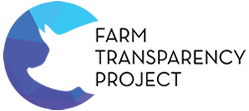Knowledgebase
- Animals used for Food
- Abattoirs / Slaughterhouses (6)
- Broiler (Meat) Chickens (9)
- Camels
- Cattle (Beef) (4)
- Dairy (3)
- Deer
- Ducks (7)
- Eggs (7)
- Emus
- Fish and marine life (4)
- Goats
- Kangaroos
- Knackeries
- Live Export
- Pigs (7)
- Rabbits
- Rendering
- Saleyards
- Sheep (1)
- Turkeys (5)
- Animals used for Pets
- Wildlife
- Animals used for Entertainment
- Animals used for Clothing
- Animals used for Science
- Activism
- Environment
- Glossary


